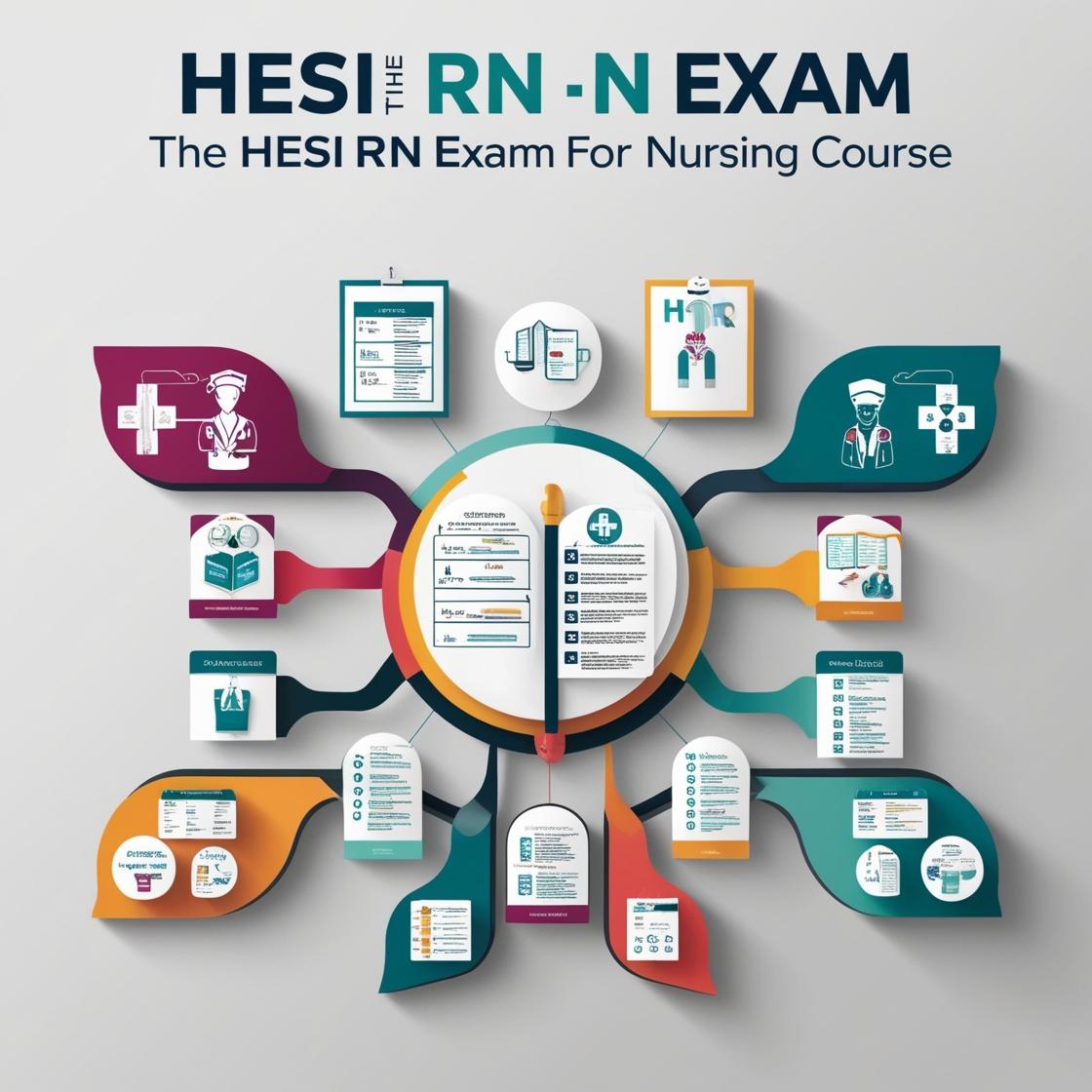HESI RN
Community Health HESI 2023
1. The healthcare provider is conducting a health assessment for a family living in a high-crime area. Which intervention should the healthcare provider prioritize to ensure the family's safety?
- A. providing information on local crime statistics
- B. teaching the family self-defense techniques
- C. helping the family develop a safety plan
- D. encouraging the family to move to a safer neighborhood
Correct answer: C
Rationale: Developing a safety plan is the most appropriate intervention as it helps the family prepare for potential emergencies and enhances their overall sense of security. Providing information on local crime statistics may raise awareness but does not directly address safety planning. Teaching self-defense techniques may have limited effectiveness in a high-crime area where the family may face multiple threats. Encouraging the family to move to a safer neighborhood is not always feasible due to various reasons such as financial constraints or social ties to the current community.
2. A client with chronic renal failure is scheduled for hemodialysis in the morning. Which pre-dialysis medication should the nurse withhold until after the dialysis treatment is completed?
- A. Calcium carbonate (Os-Cal)
- B. Furosemide (Lasix)
- C. Spironolactone (Aldactone)
- D. Multivitamins
Correct answer: B
Rationale: The correct answer is B: Furosemide (Lasix). Furosemide is a diuretic that promotes fluid loss, and giving it before hemodialysis can lead to excessive fluid loss during the treatment, potentially causing hypovolemia. Withholding furosemide until after the dialysis session helps in preventing this complication. Choices A, C, and D are incorrect because calcium carbonate, spironolactone, and multivitamins are not typically contraindicated before hemodialysis in clients with chronic renal failure.
3. During a community health fair, the nurse conducts a blood pressure screening for a 60-year-old woman who has a blood pressure of 160/100 mm Hg. What should the nurse do first?
- A. Instruct the client to monitor her blood pressure at home
- B. Refer the client to her healthcare provider for further evaluation
- C. Educate the client on lifestyle changes to reduce blood pressure
- D. Recheck the blood pressure in 15 minutes
Correct answer: B
Rationale: When encountering a high blood pressure reading at a community health fair, it is essential for the nurse to refer the client to her healthcare provider for further evaluation. This step ensures that the client receives a comprehensive assessment, diagnosis, and appropriate management plan. In this scenario, it is crucial to prioritize professional evaluation over self-monitoring, lifestyle education, or immediate rechecking of the blood pressure. Referral to a healthcare provider allows for timely intervention and ongoing monitoring of the client's blood pressure to prevent potential complications.
4. A community health nurse is developing a program to reduce the incidence of teen pregnancy. Which strategy is most likely to be effective?
- A. Distribute free condoms at local high schools
- B. Offer comprehensive sex education classes
- C. Promote abstinence-only education
- D. Provide access to reproductive health services
Correct answer: B
Rationale: Comprehensive sex education has been shown to be more effective in reducing teen pregnancy rates compared to abstinence-only education. Providing comprehensive sex education equips teens with knowledge about safe sex practices, contraception methods, and healthy relationships, which empowers them to make informed decisions. Distributing free condoms and providing access to reproductive health services are important components, but without proper education, teens may not understand how to use these resources effectively. Promoting abstinence-only education limits information and may not address the reality of teen sexual behavior, potentially leading to higher pregnancy rates.
5. The client is receiving warfarin (Coumadin) therapy. Which statement by the client indicates a need for further teaching?
- A. I will avoid eating foods high in vitamin K.
- B. I will use a soft toothbrush and an electric razor.
- C. I will keep all appointments for blood tests.
- D. I will avoid participating in contact sports.
Correct answer: D
Rationale: The correct answer is D because participating in contact sports can increase the risk of injury and bleeding in a client receiving warfarin therapy. Warfarin is a blood thinner, and activities with a higher risk of injury should be avoided to prevent bleeding complications. Choices A, B, and C are all correct statements for a client on warfarin therapy. Avoiding foods high in vitamin K helps maintain consistent anticoagulation levels, using a soft toothbrush and an electric razor reduces the risk of bleeding gums and cuts, and keeping appointments for blood tests ensures proper monitoring of the client's international normalized ratio (INR) levels.
Similar Questions

Access More Features
HESI RN Basic
$89/ 30 days
- 50,000 Questions with answers
- All HESI courses Coverage
- 30 days access @ $89
HESI RN Premium
$149.99/ 90 days
- 50,000 Questions with answers
- All HESI courses Coverage
- 30 days access @ $149.99
